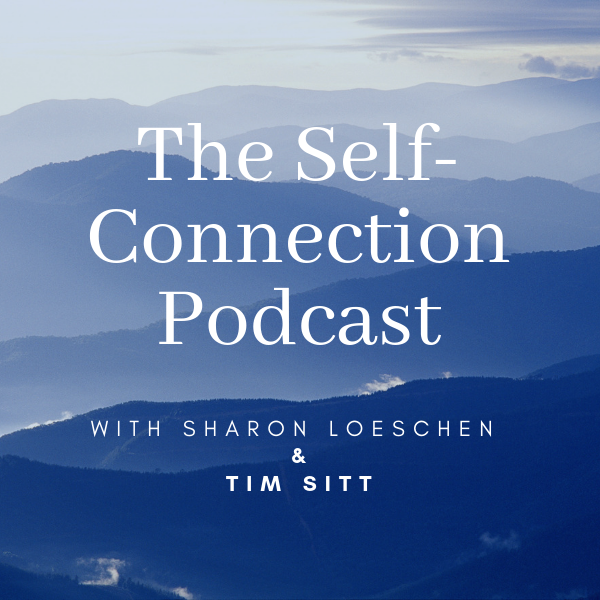On today's episode we explore Virginia Satir’s concept of congruence. Congruence is the harmony of the inside of the outside as well as the truthful expression of Self manifested with others and in one’s environment. It can be described as a state of wholeness, flowing energy and harmonious connection within, between and among. Congruence is a central teaching in Virginia Satir’s work and it highlights her emphasis on health, positive growth, and her overall life-affirming stance.
0:30 Meditation begins
7:21 The conversation begins. We first explore some of Virginia’s writings related to congruent living from her book “Peoplemaking” Sharon describes congruence as an energy space to be living and a place from which you manifest living as Virginia described.
Congruent living involves
Communicating clearly new line cooperating rather than competing
To empower rather than dominate
To enhance individual uniqueness rather than to categorize
use authority to God I've accomplished what it's it's rather than to force by line through the tyranny power
To love, value and respect themselves fully
To be personally and socially responsible
To use problems and challenges as opportunities for growth/creative solutions
11:30 We talk about wholeness and the free flow of energy as a way of thinking of congruence. Sharon describes her learning from Virginia Satir as she taught about congruence. “We are born whole and we are born holy” Virginia used to say “We are born with our holes open”
15:00 We talk about the free flow of energy as related to the transformation of rules. For example, having the freedom to see/hear, feel, say, ask and take risks.
18:00 You can’t always be open or free of the rule, but you develop a consciousness around the reactive survival patterns. Awareness creates the space and the energy to make new choices.
21:00 “There’s no cure, only evolution” Virginia had said. This was to say that we never lose our reactive patterns, but we evolve greater consciousness in relationship to those patterns.
22: 45: Tim makes the point that our Self, the ground of our being is always there, it’s a matter of whether we are there consciously. If we can have a healthy relationship between Self and the experience. To be connected to your Self and to look at your experience you are having and connecting your strength and wisdom is a way of describing congruent living.
25:45 Congruence is the alignment and harmony between the inside and outside (feelings/thoughts and behaviour). Congruence involves being connected to Self which includes deep yearnings and values/needs.
28:00 Congruence is the honouring and harmony of Self, others and context.
30:00 Congruent communication is speaking at two levels Role and Self. Where we are perceiving and upholding the Self-worth that underlies the role. There is always a connection and respect of the essence and dignity of the other person. Our words speak to the role, the function, and the tone, non-verbals, speak to the Self. Parenting without communication and honouring the Self is disconnected and unsustainable.
33:00 Our non-verbal communication gives messages about our attitude towards the other person and the relationship. For example, a tone of contempt communicates a sense of disrespect and also a lack of contained toxic emotions (anger).
34:50 Sharon talks about John Gottman’s concept of ‘bids for attention’. We can learn to recognize bids for attention/validation and how we can learn to better respond to them and increase intimacy and connection.
37:00 We need to be responsible for being connected to our Self-worth as separate from whether or not people are meeting our needs/bids. If we can learn to be connected to our Self, we are able to be resilient in the face of disappointment and hurt moments.
39:35 We talk about the importance of repair when bids are missed. We can learn and grow through the repair process. Tim shares the importance of people being in touch with their self-worth, the ground from which they can communicate, notice what they are feeling/needing. When we are too stuck in the rigidity of a role and specific function, we can become resentful and not be able to communicate congruently and to ask for what we want/need
42:00 Sharon shares about Virginia’s work with a couple and how challenging it was for the woman who tended to placate and ask for what she wanted. She wanted her husband to make the coffee in the morning and she broke the rule of asking and voicing her need. She had to step out of the role of being the ‘caretaker’ and that she had no right to ask for anything. This example illustrates the experience of the five freedoms: seeing/hearing, feeling free, saying what you want/need, and asking for it and the risking something.





